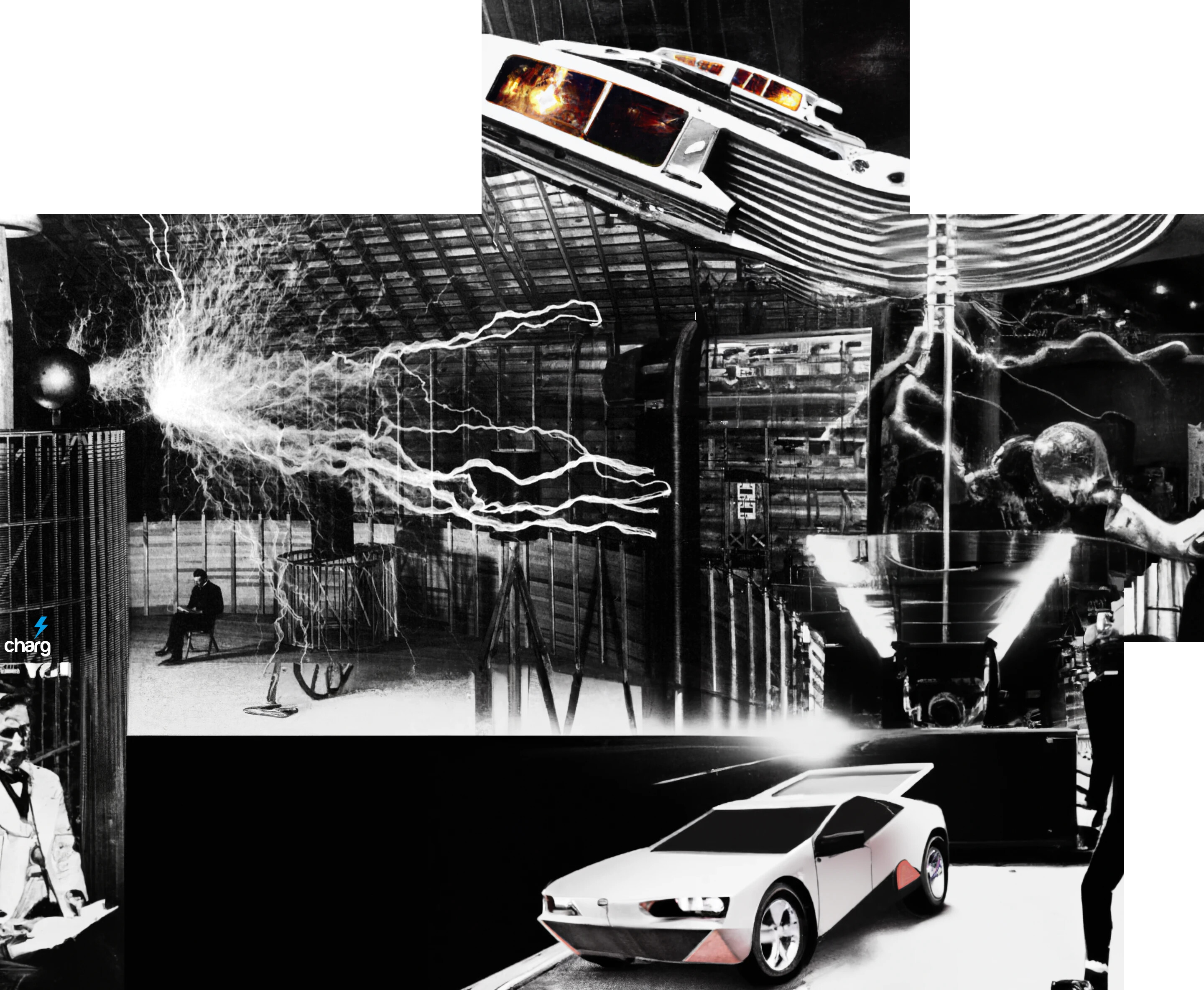^^ NOW, what can a rotating antennae or toroid do which a static antennae or toroid cannot? Well, the signal is going to be crystal clear for much longer distances; and much higher bandwidth rates are now perhaps possible. Not to mention, wireless power separated by larger distances of ground necessitates communication between rapidly rotating rotary inverters - think 90,000 RPM, for example. The static antennae or toroid can only go so far.
The ultra-high RPM permits HF signals to be packed into LF waves shipped for transport across large distances. The ultra-high RPM also permits HF signals to be unpacked from LF waves in much the same way.
Our wave function has to be thought of as being rolled-up and un-rolled on-the-fly by the ultra-high rotation of our rotary inverter. So even though it is expressed and propagated as an LF frequency, when our carpet is rolled up and un-rolled, the details can perhaps be parsed from our lossless analog signal which traditionally carries our data extremely slowly. The LF signal’s coarse signal is nearly useless for data propagation, but it’s the fine signal which the rotary inverter unlocks.
This means we only need perhaps a 100 watt radio when perhaps before we needed 1,000 watts to touch continents. And the more ground-to-ground setups which come online, the more efficient our transfer of energy through earth becomes. Electromagnetic gears.
Our primitive - that being wireless power, is unpacked by the ultra-high RPM rotating inverters. The data, much more detailed signal, is also unpacked one partial revolution at a time. Wireless power, wireless internet, even wireless rotors thanks to active magnet bearings, all packaged into one cylinder. Power, internet, sharing of each, and maximum efficiency.
The quieter we make this device with the help of active magnet bearings, the less interference in our data signal. An ant’s whisper can be only be heard if there is no noise in the house!
https://electrical-engineering-portal.com/magnifying-transmitter-nikola-tesla




